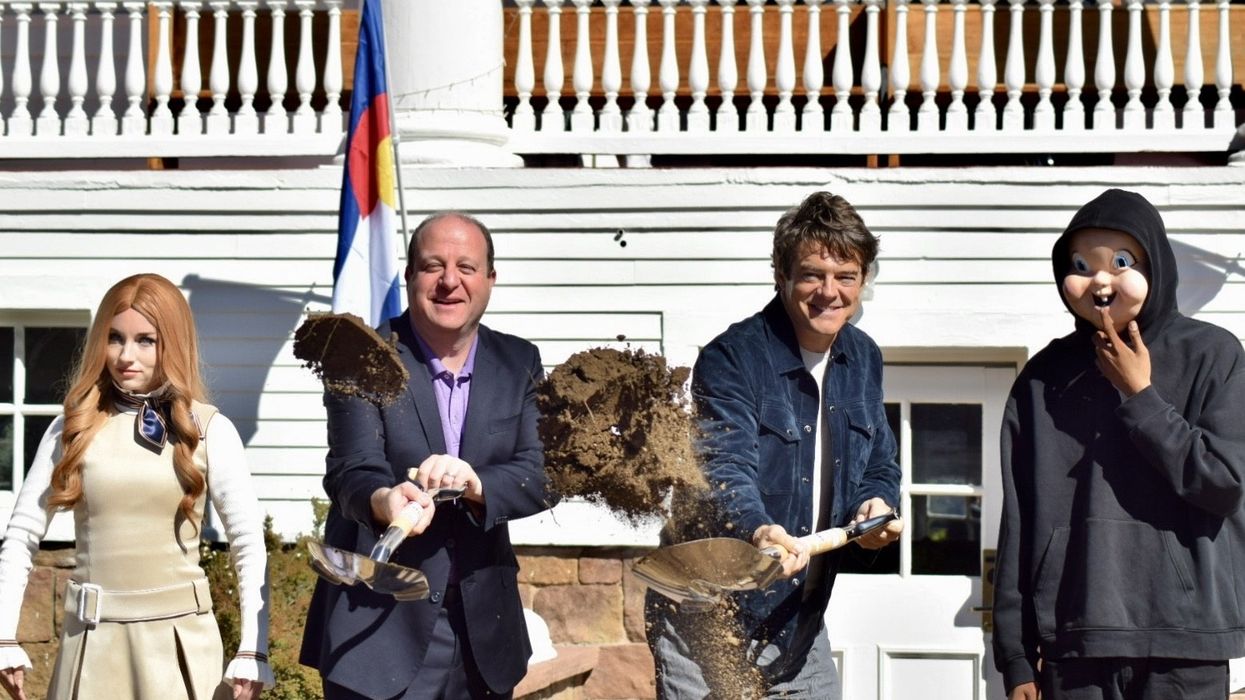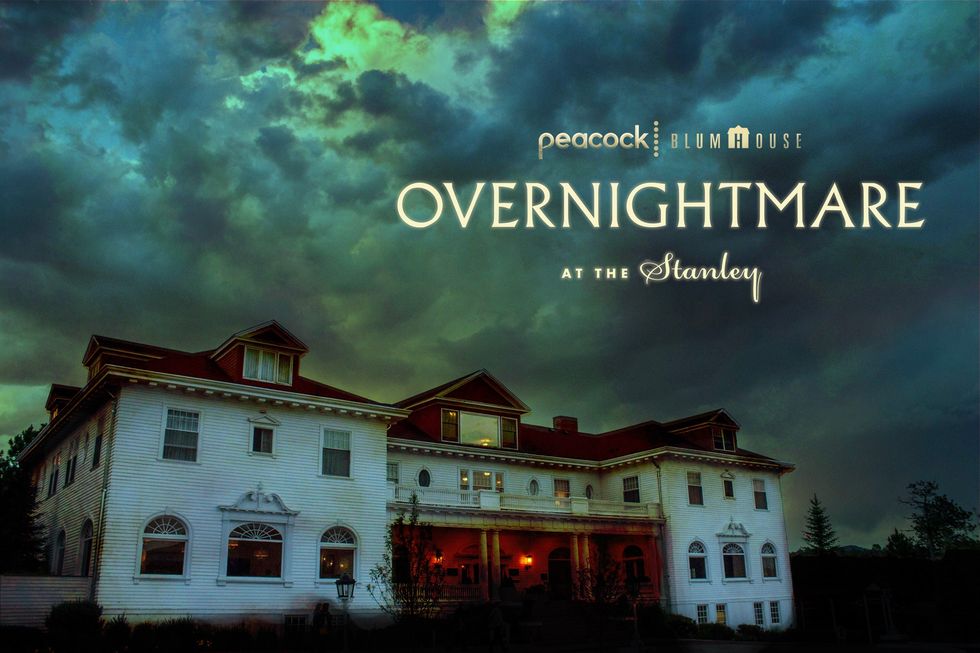Event, the experience design agency, is celebrating the announcement that The Burrell Collection in Glasgow has been named Museum of the Year 2023, beating a shortlist of five top UK museums to take home the £120,000 Art Fund award, the biggest museum prize in the world.
The museum, which is housed in an award-winning modernist building in Pollock Country Park, in Glasgow, opened its doors to the public again on 29 March 2022 after an extensive refurbishment project that began in October 2016. Event was responsible for taking this project from the overall masterplan for the renewal through to the design of the exhibitions.
The Burrell Collection is home to an international fine and decorative art collection, including medieval stained glass, ancient Chinese ceramics, Islamic carpets and French paintings. It was gifted to the city by Sir William Burrell, and judges for this year's Art Fund Museum of the Year described it as a world-class treasure trove of objects.
An extraordinary collection
In a ceremony at London's British Museum on Wednesday, artist Sir Grayson Perry presented the award to Duncan Dornan, head of museums and collections for Glasgow Life, the charity that manages the museum.
Jenny Waldman, director of the Art Fund and chair of the judges, says: “The Burrell Collection is extraordinary, a world-class collection displayed in an inspirational building, in harmony with the surrounding landscape of Pollok country park. Reopened in 2022, the sensitive renovation and collection redisplay invite exploration and delight, with innovative digital displays offering new ways of understanding the art and objects in the museum’s light, welcoming spaces.
“All this was achieved with a strong shared purpose and with the involvement of local community groups in Glasgow...This museum is truly for everyone to enjoy.”
Event brings masterplan to life
For Event, the first task was to create a new masterplan, setting out a vision for a new chapter that would bring the museum up to date while still honouring and taking inspiration from its iconic architecture. The team assembled a consultant team of architects, engineers, access consultants and audience specialists to help it achieve this goal.
The new masterplan outlined how the museum could increase the gallery spaces by 35% and make the collection more accessible. It featured a new central core, connecting three levels of galleries. The team also looked at how to open a set of new perspectives on the collections and to create new opportunities for communities and groups to use the spaces. The masterplan formed the basis for the architectural and interpretive briefs.
Event responded to the original architecture and the serene atmosphere of the country park in the design of the exhibits. Because of the design's classic, subtle interpretation, the museum's collection can speak for itself. Visitors can also connect with the artworks while learning about their significance and history through tactile and hands-on displays.
The displays also make use of a variety of digital technologies in order to interest the museum's younger visitors. 25 percent of the digital displays are intended for children under five. There are a variety of displays, from tablet-based data to 16-metre-wide immersive video projections.
Futureproofing the museum
In addition, the plan included a versatile new exhibition system, designed to increase the museum's sustainability. BECK, a leading restoration and refurbishment fit-out specialist, was the lead fit-out contractor for the project, delivering 36 new galleries over three phases. The firm designed an innovative, modular, flexible system of setworks and displays, which can be uninstalled and rebuilt in new configurations in the future.
This helped to futureproof the project, allowing the collection to be reorganised an endless number of times.
Leach, a leader in graphic display solutions for museums, also lent its expertise to the refurbishment project.
Lumsden, a design firm specialising in retail and F&B for visitor attractions, was selected to design the museum’s retail environment. The new shop features three zones designed around the principles of gifting: Giving; Sharing and Keeping. These themes reflect the collection, Sir William Burrell's gift to Glasgow and the charity that oversees and protects it.
The design of the retail space accentuates the stunning views of the park while respecting the building's dimensions, materiality, and the significance of the architecture. Visitors can enjoy a distinctive shopping experience that fuses thoughtful retail design with a curated portfolio of products that reflect the collection's story.
A truly accessible collection
One of the Museum of the Year judges, historian Mary Beard, says: “The Burrell Collection is a treasure trove of objects to discover, with everything from one of the UK’s most important collection of Chinese art, to medieval tapestries and stained glass, and works of art by Rembrandt, Degas and more.
“They have realised, with real rigour and imagination, the true depth of what it means for a museum to be accessible.”
Leighton House in London, the MAC in Belfast, the Natural History Museum in London and Scapa Flow Museum in Orkney were also shortlisted for the prize. Each will receive £15,000.
Waldman says that the finalists were all “at the top of their game, offering inspirational collections and programmes for their communities, for visitors from across the UK and around the world."
Esther Dugdale, creative director of Event, says: “There is something so peaceful and timeless
about The Burrell Collection. It has been a once-in-a-lifetime opportunity for us to enhance
this masterpiece and bring audiences so much closer to these beautiful objects."
Event has recently been appointed to develop the final stage exhibition plans for the Natural History Museum of Denmark’s prestigious new building, set to open in 2025.
Charlotte Coates is blooloop's editor. She is from Brighton, UK and previously worked as a librarian. She has a strong interest in arts, culture and information and graduated from the University of Sussex with a degree in English Literature. Charlotte can usually be found either with her head in a book or planning her next travel adventure.
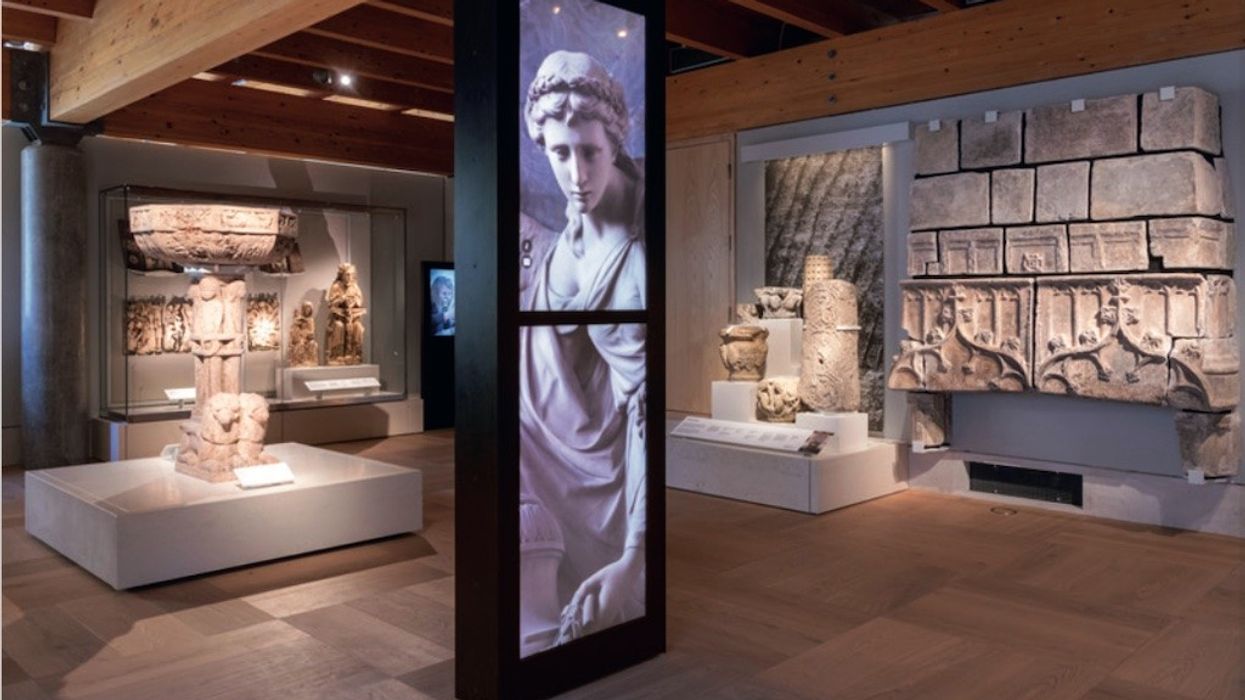

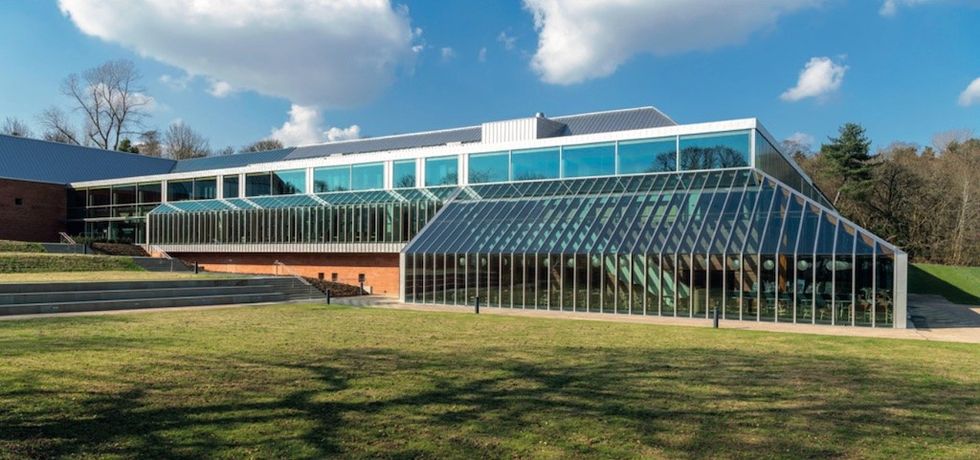
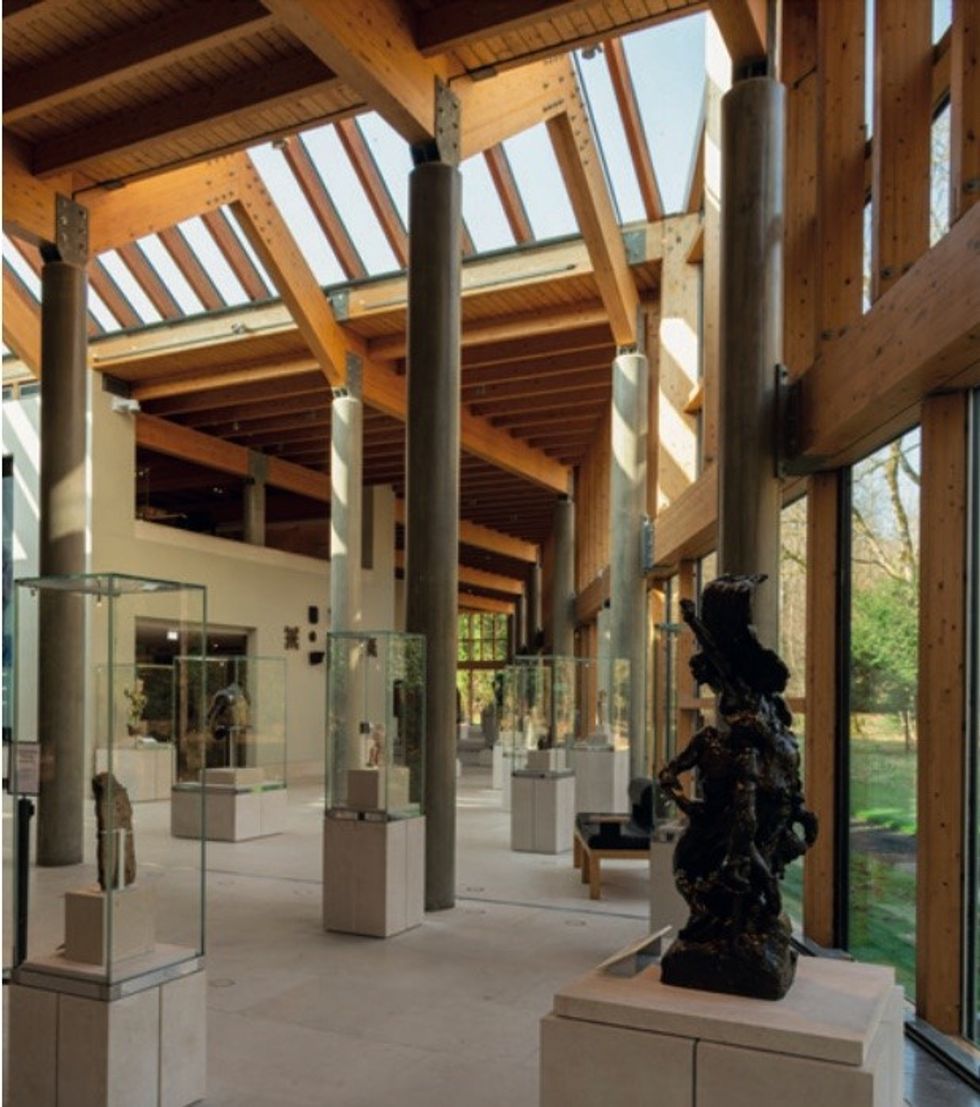
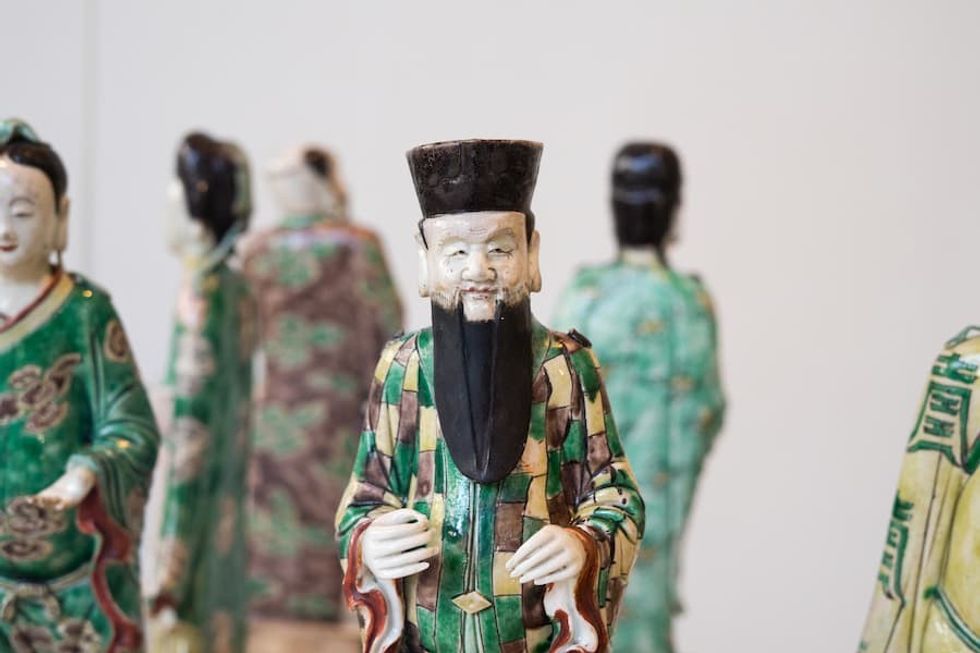
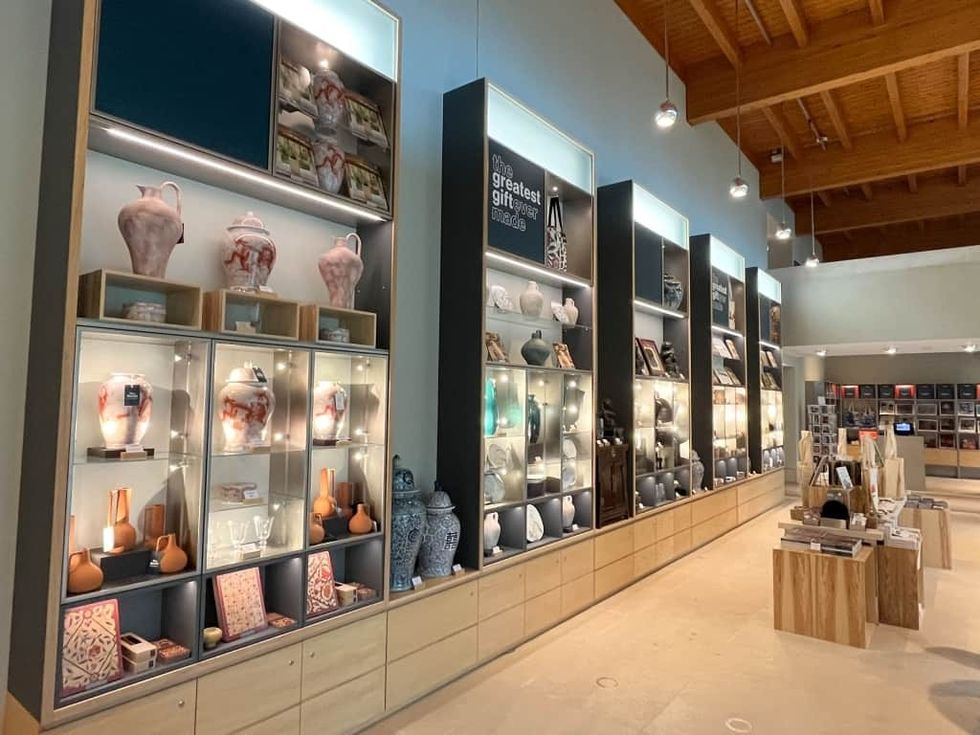
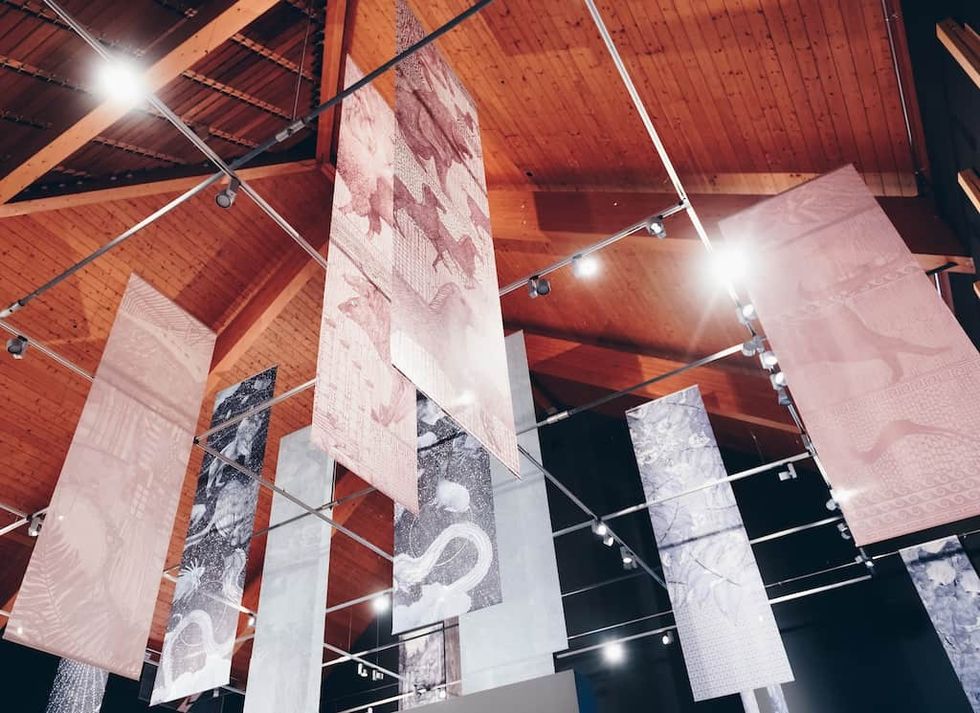








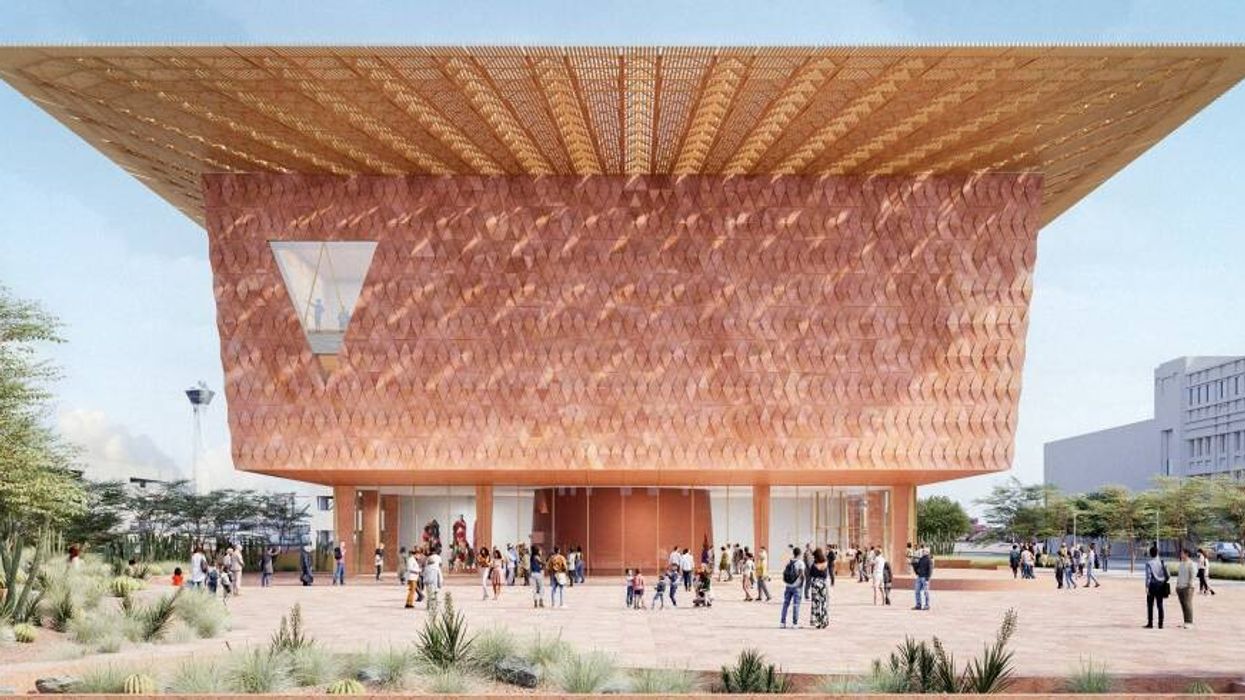
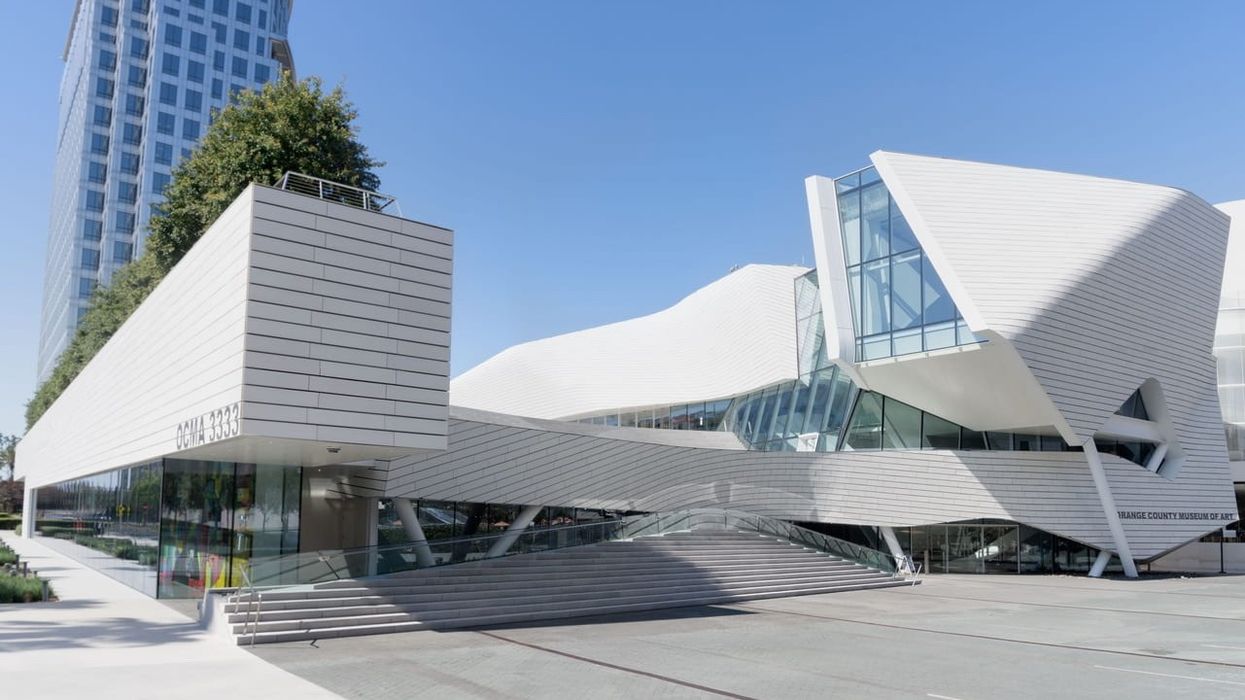




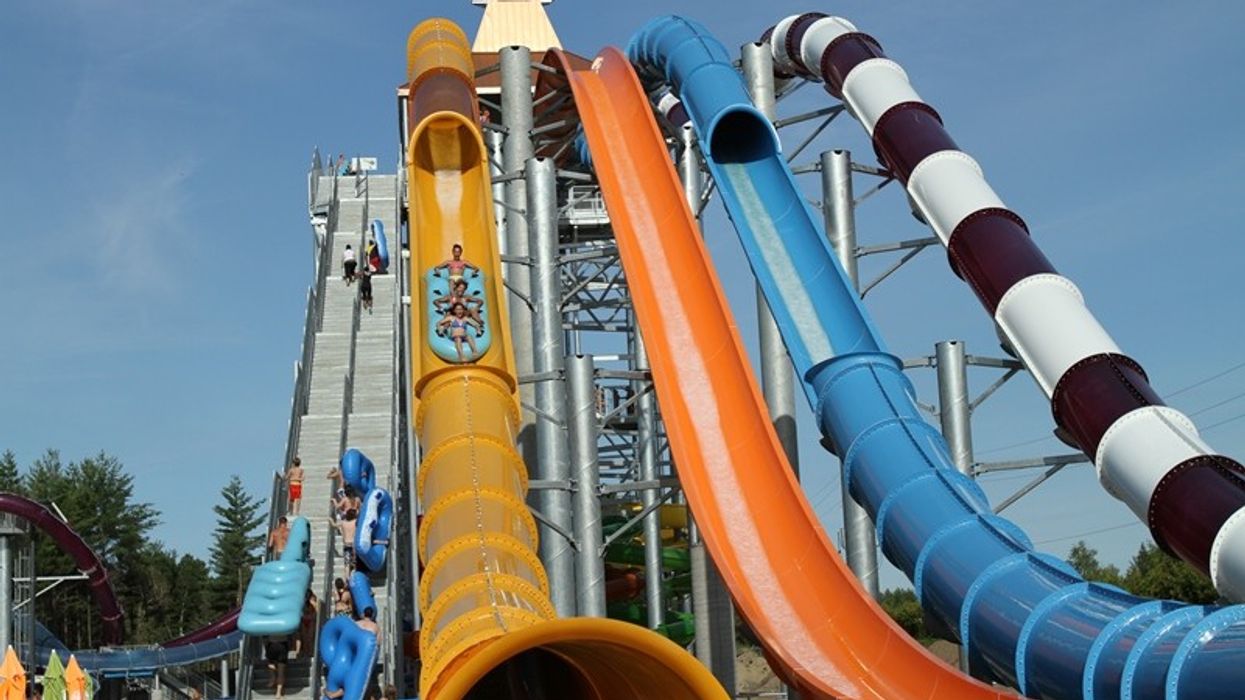
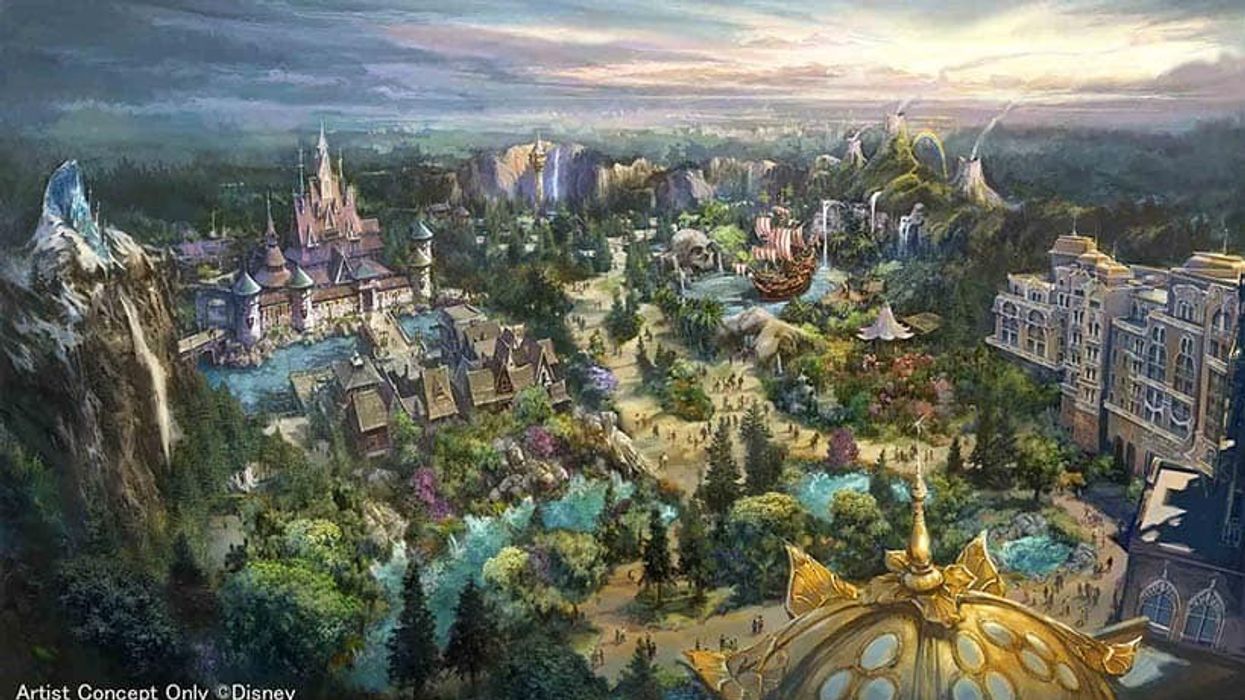
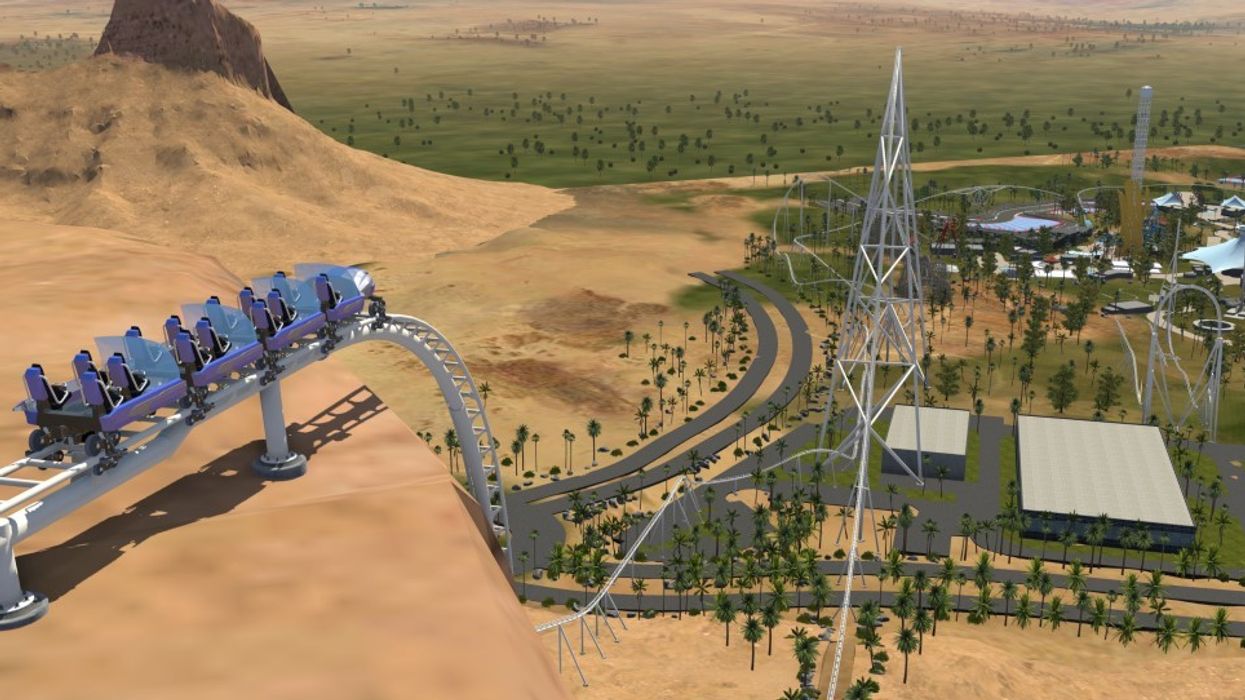

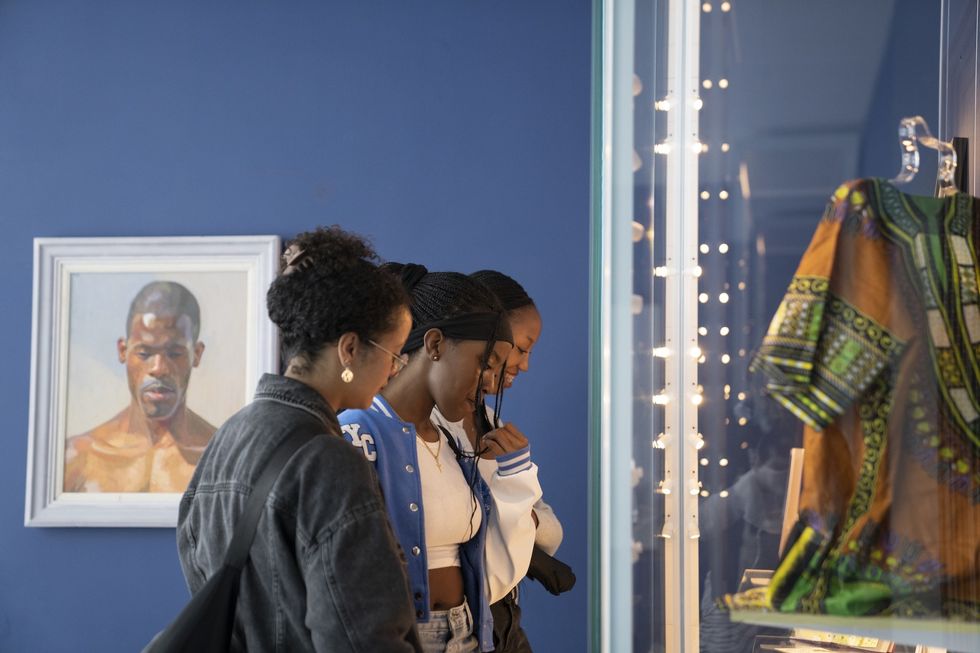
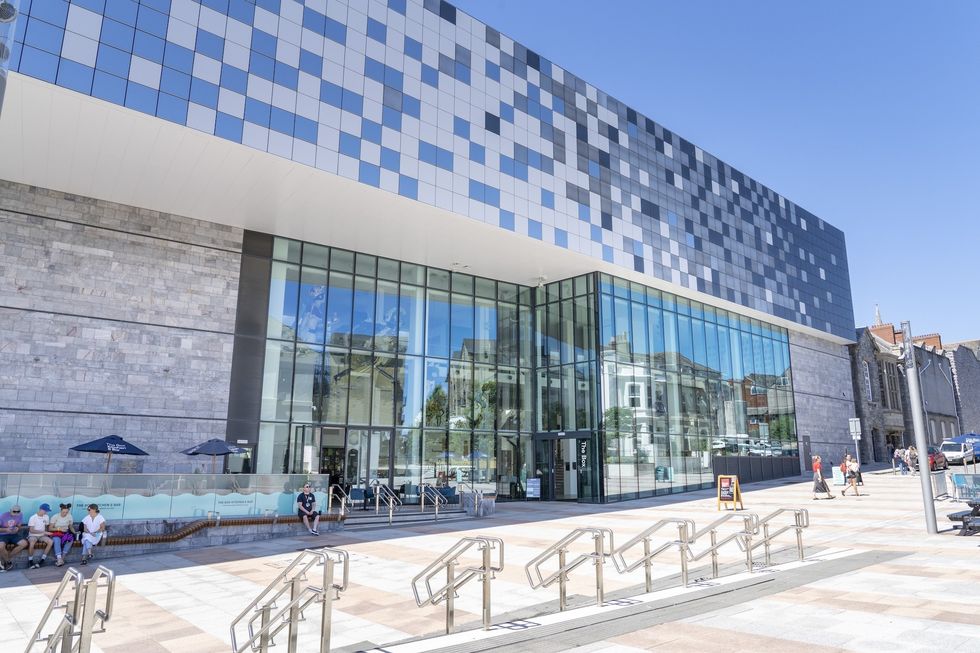

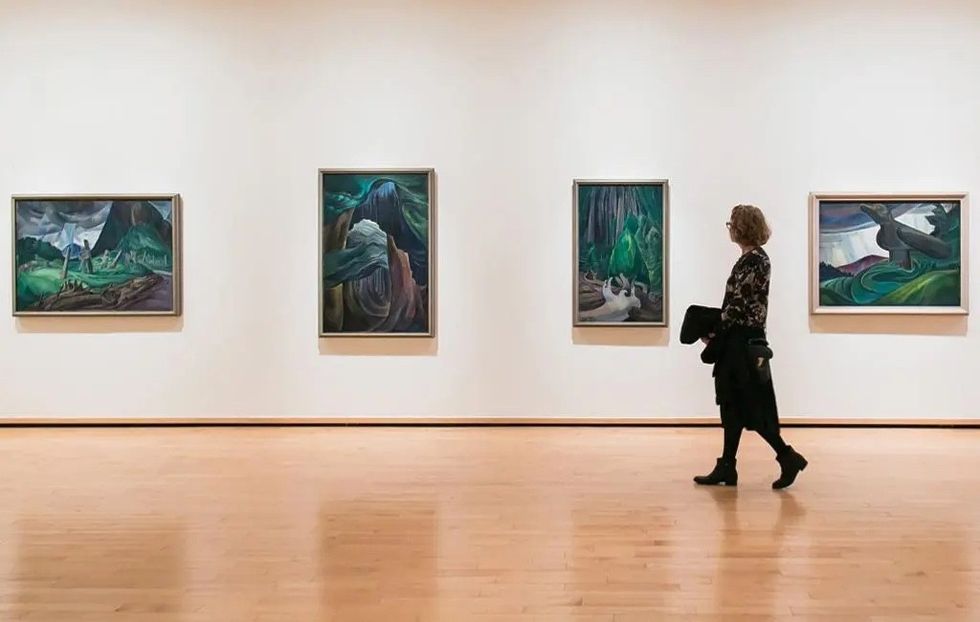
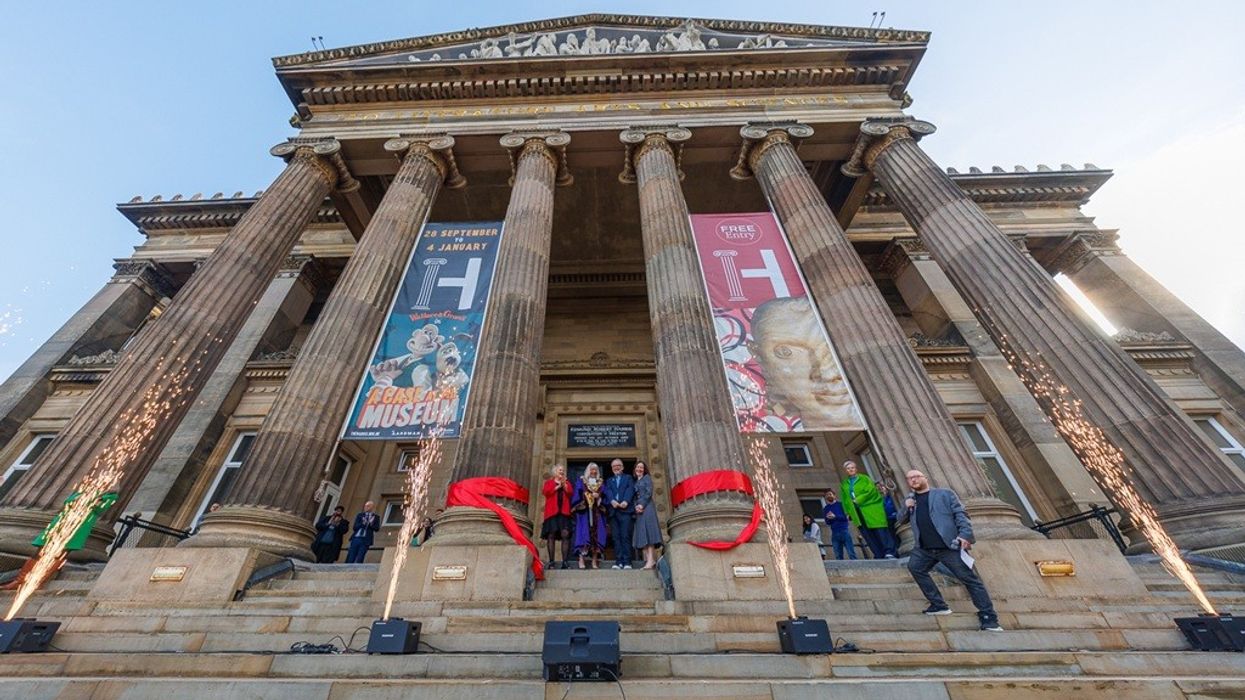
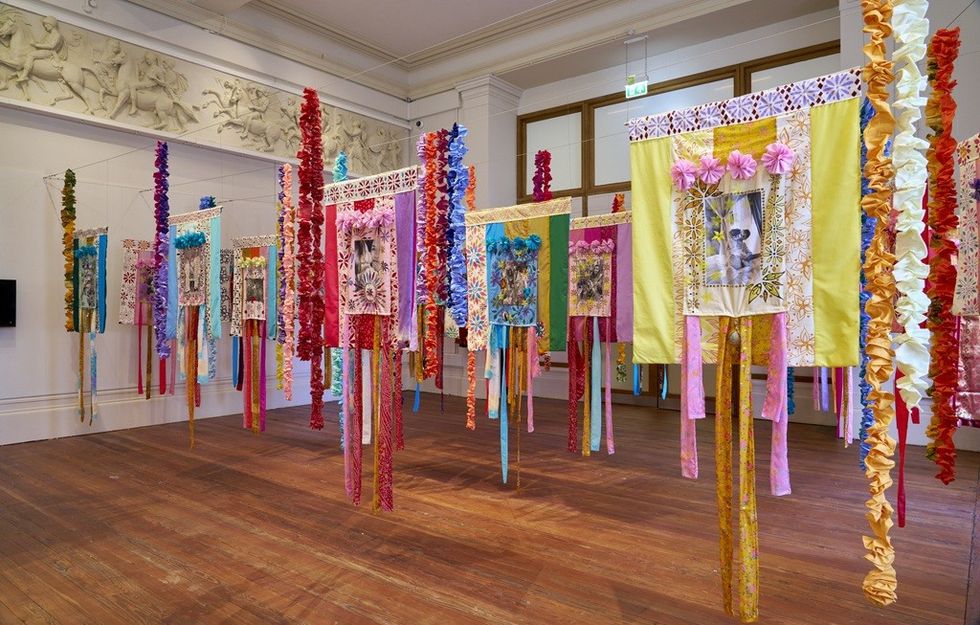 Courtesy Simon Critchley Photography
Courtesy Simon Critchley Photography Courtesy Michael Porter Photography
Courtesy Michael Porter Photography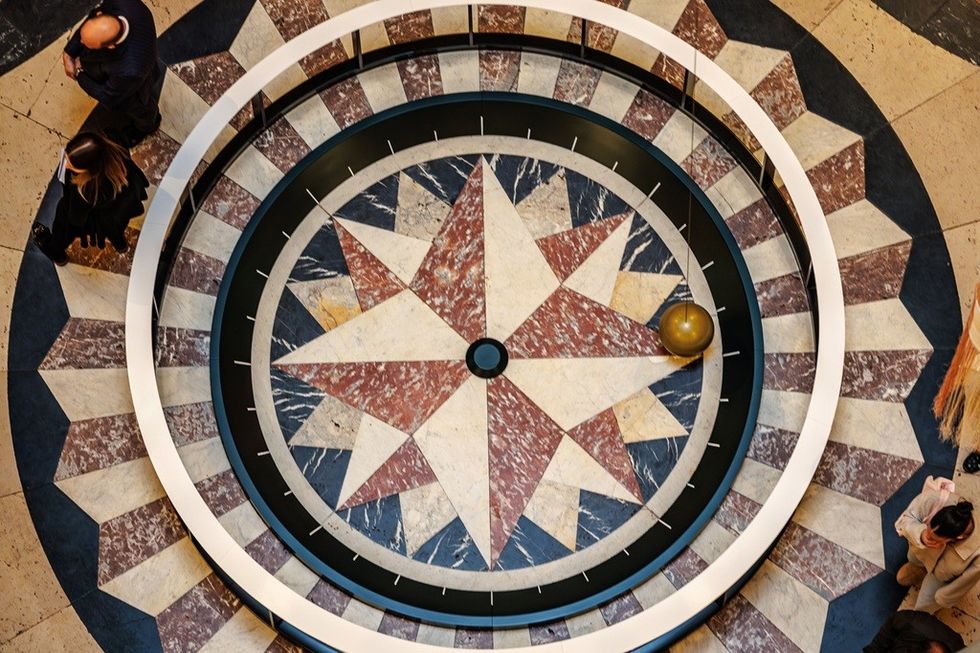 Courtesy Michael Porter Photography
Courtesy Michael Porter Photography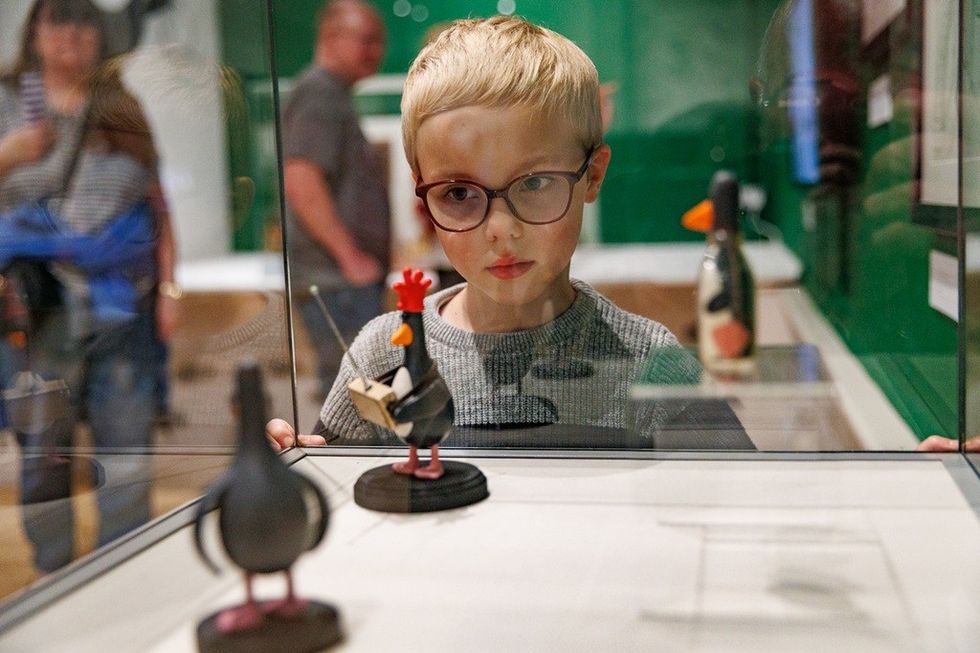 Courtesy Michael Porter Photography
Courtesy Michael Porter Photography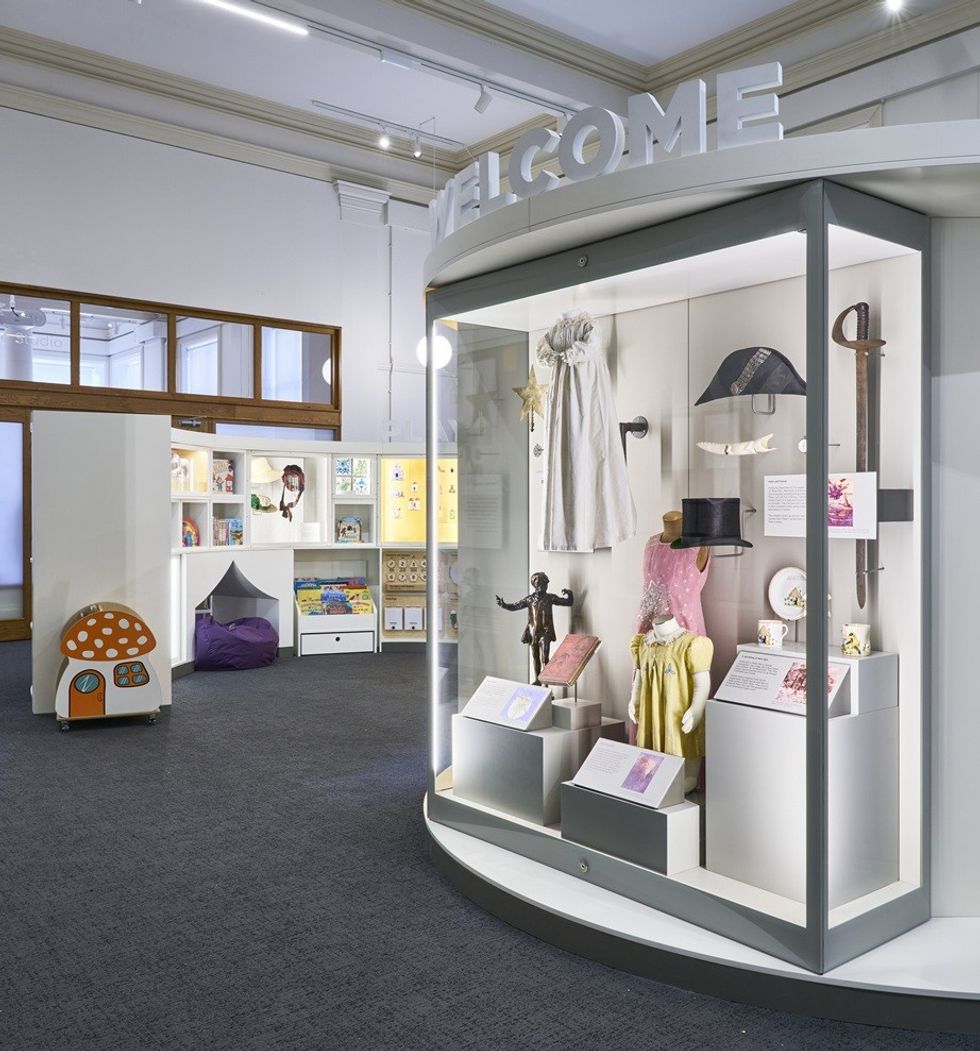 Courtesy Simon Critchley Photography
Courtesy Simon Critchley Photography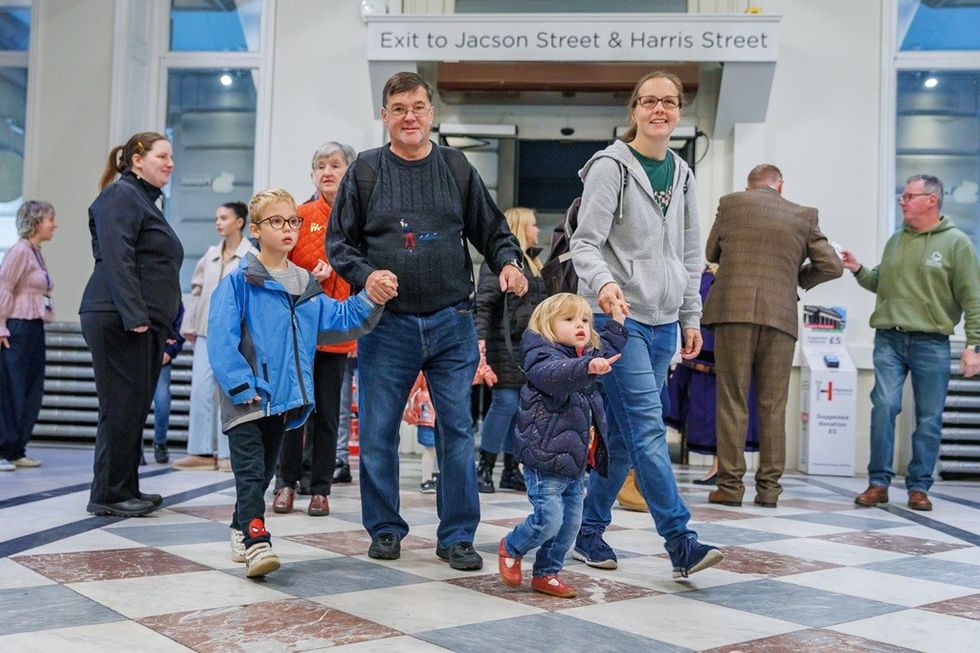 Courtesy Michael Porter Photography
Courtesy Michael Porter Photography